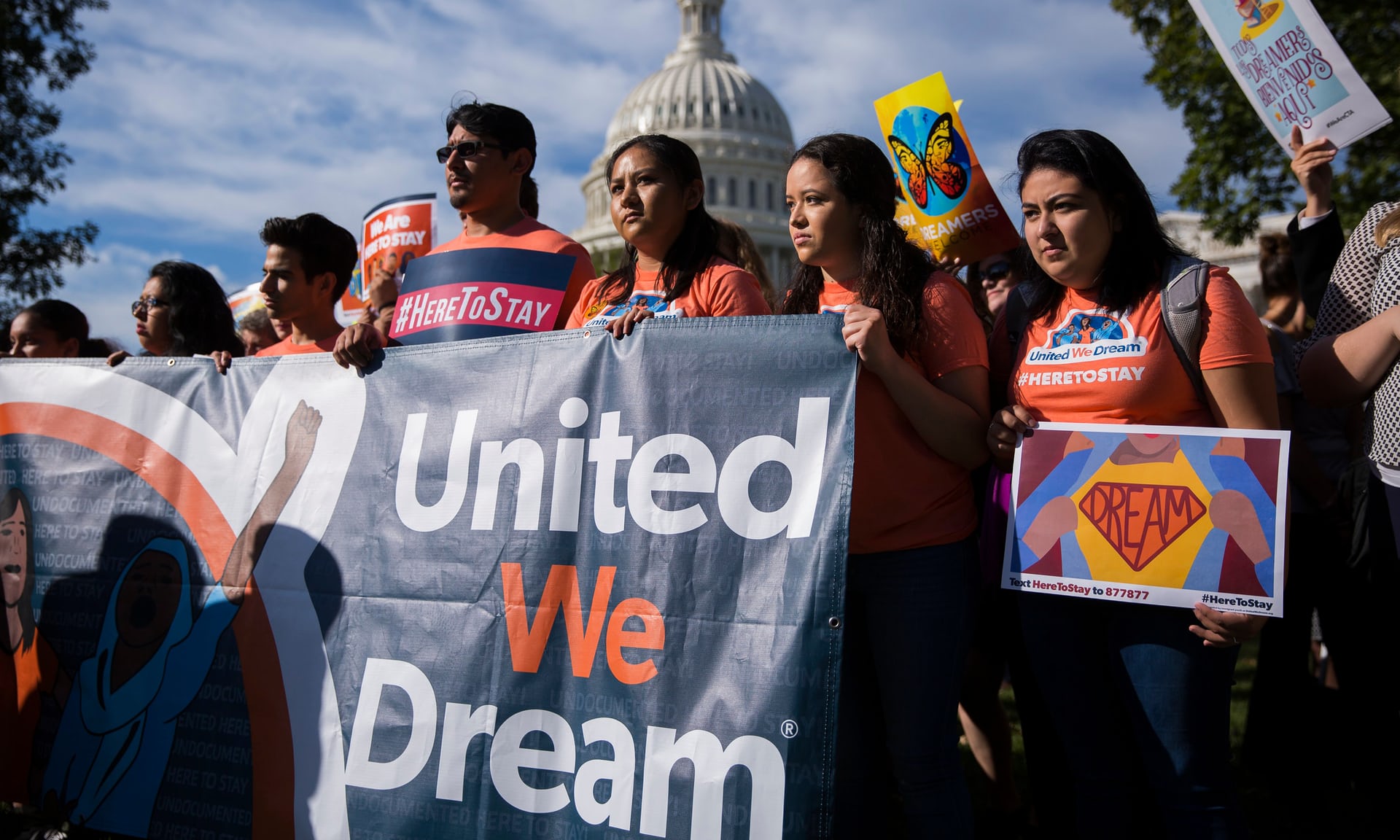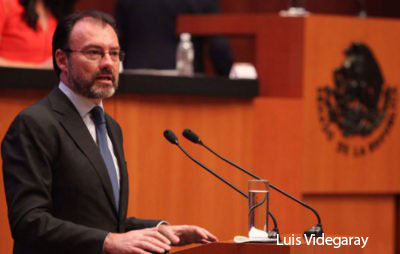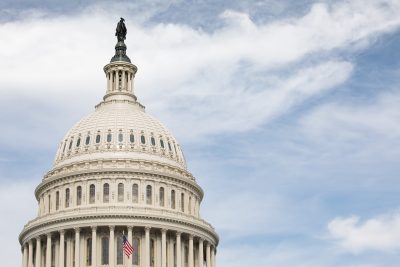FROM THE EDITOR
Dear readers:
I share with you this piece of text from a book, published by Michel Chossudovsky, which by its preface I can see that it carries enough detailed and researched information of the facts that have led us to be, from a free, democratic nation and the threshold of the world , to a nation with less freedom, less democracy, and no longer the threshold of freedom – and all in the wake of the events of September 11, 2001.
Due to its length, this article will be published in parts. This is PART 3 of a series.
by Michel Chossudovsky
The livelihood of millions of people throughout the World is at stake. It is my sincere hope that the truth will prevail and that the understanding provided in this detailed study will serve the cause of World peace. This objective, however, can only be reached by revealing the falsehoods behind America’s “War on Terrorism” and questioning the legitimacy of the main political and military actors responsible for extensive war crimes.” (Michel Chossudovsky, August 2005 )
Below is the preface of Michel Chossudovsky’s 2005 bestseller: America’s “War on Terrorism“.
The London 7/7 Bomb Attack
A new threshold in the “war on terrorism”was reached in July 2005, with the bomb attacks on London’s underground, which resulted tragically in 56 deaths and several hundred wounded.
On both sides of the Atlantic, the London 7//7 attacks were used to usher in far-reaching police state measures. The US House of Representatives renewed the USA PATRIOT Act “to make permanent the government’s unprecedented powers to investigate suspected terrorists”. Republicans claimed that the London attacks showed “how urgent and important it was to renew the law.”
Barely a week prior to the London attacks, Washington had announced the formation of a “domestic spy service” under the auspices of the FBI. The new department—meaning essentially a Big Brother “Secret State Police” — was given a mandate to “spy on people in America suspected of terrorism or having critical intelligence information, even if they are not suspected of committing a crime.” Significantly, this new FBI service is not accountable to the Department of Justice. It is controlled by the Directorate of National Intelligence headed by John Negroponte, who has the authority of ordering the arrest of “terror suspects.”
Meanwhile, in the wake of the 7/7 London attacks, Britain’s Home Office, was calling for a system of ID cards, as an “answer to terrorism”. Each and every British citizen and resident will be obliged to register personal information, which will go into a giant national database, along with their personal biometrics: “iris pattern of the eye”, fingerprints and “digitally recognizable facial features”. Similar procedures were being carried out in the European Union.
War criminals in high office
The anti-terrorist legislation and the establishment of a Police State largely serve the interests of those who have committed extensive war crimes and who would otherwise have been indicted under national and international law.
In the wake of the London 7/7 attacks, war criminals continue to legitimately occupy positions of authority,which enable them to xviii America’s “War on Terrorism” redefine the contours of the judicial system and the process of law enforcement. This process has provided them with a mandate to decide “who are the criminals”, when in fact they are the criminals. (Chapter XVI).
From New York and Washington on September 11 to Madrid in March 2004 and to London in July 2005, the terror attacks have been used as a pretext to suspend the writ of habeas corpus. People can be arbitrarily arrested under the antiterrorist legislation and detained for an indefinite period.
More generally, throughout the Western World, citizens are being tagged and labeled, their emails, telephone conversations and faxes are monitored and archived. Thousands of closed circuit TV cameras, deployed in urban areas, are overseeing their movements. Detailed personal data is entered into giant Big Brother data banks. Once this cataloging has been completed, people will be locked into watertight compartments.
The witch-hunt is not only directed against presumed “terrorists” through ethnic profiling, the various human rights, affirmative action and antiwar cohorts are also the object of the antiterrorist legislation.
The national security doctrine
In 2005, the Pentagon released a major document entitled The National Defense Strategy of the United States of America (NDS), which broadly sketches Washington’s agenda for global military domination. While the NDS follows in the footsteps of the Administration’s “preemptive” war doctrine as outlined in the Project for a New American Century (PNAC), it goes much further in setting the contours of Washington’s global military agenda. (See Chapter XIX.)
Whereas the preemptive war doctrine envisages military action as a means of “self defense” against countries categorized as “hostile” to the US, the 2005 NDS goes one step further. It envisages the possibility of military intervention against “unstable countries” or “failed nations”, which do not visibly constitute a threat to the security of the US.
Meanwhile, the Pentagon had unleashed a major propaganda and public relations campaign with a view to upholding the use of nuclear weapons for the “Defense of the American Homeland” against terrorists and rogue enemies. The fact that the nuclear bomb is categorized by the Pentagon as “safe for civilians” to be used in major counter-terrorist activities borders on the absurd.
In 2005, US Strategic Command (STRATCOM) drew up “a contingency plan to be used in response to another 9/11-type terrorist attack”. The plan includes air raids on Iran using both conventional as well as tactical nuclear weapons.
Michel Chossudovsky is an award-winning author, Professor of Economics (emeritus) at the University of Ottawa, Founder and Director of the Centre for Research on Globalization (CRG)
He is a contributor to the Encyclopaedia Britannica. His writings have been published in more than twenty languages. In 2014, he was awarded the Gold Medal for Merit of the Republic of Serbia for his writings on NATO’s war of aggression against Yugoslavia.
(IT WILL CONTINUE NEXT WEEK WITH AMERICA’S “WAR ON TERRORISM”).









